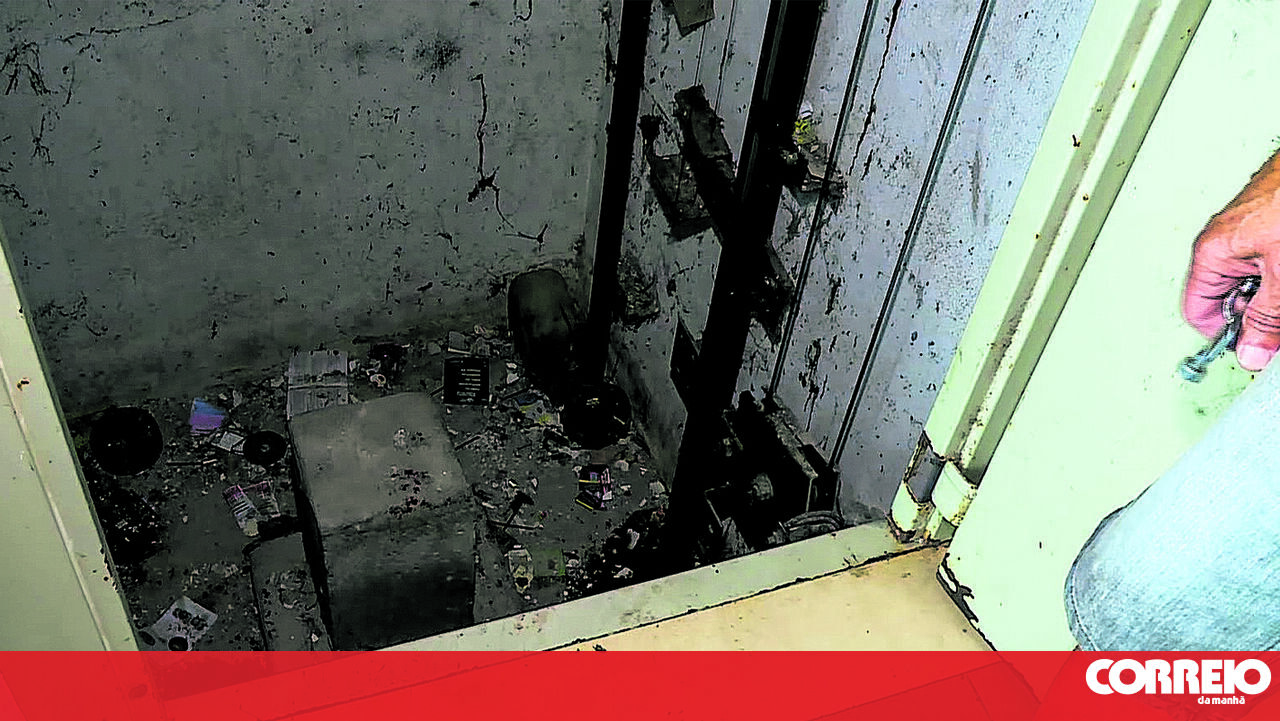Second Phase of National Higher Education Access Contest Results
According to data released on Sunday, September 14, 16,594 candidates applied in the contest, leaving 9,313 vacancies unoccupied. The area of Engineering and Related Techniques recorded the highest number of unfilled spots at 2,030.
In this second phase of the National Contest for Access to Public Higher Education (CNAES), 8,824 students were placed, marking a 10% increase compared to the 795 from last year. Among the key areas with significant unfilled vacancies:
- Business Sciences with 1,567
- Personal Services with 1,078
- Even traditionally sought-after fields like Law have 13 vacancies left, and Life Sciences have 568 unfilled spots.
- Other underperforming areas include Veterinary Sciences (85 vacancies), Mathematics and Statistics (94), and Information and Journalism (75), which usually see high demand.
For a detailed breakdown, you can access the full data here.
In the first phase of the contest, 43,899 students were placed, with 39,498 (90%) completing enrollment and registration.
This second phase involved 15,903 initially available vacancies, plus an additional 2,167 freed up by students placed in the first phase who were re-placed here, along with 67 extra spots.
The enrollment period for students placed in this phase begins on Monday, September 15, and ends on September 17.
To conclude this year's contest, a potential third phase remains, with each university and polytechnic deciding on opening it for their courses. As explained by the Ministry of Education, Science, and Innovation, if a third phase is opened, the number of vacancies will be equal to or less than the remaining spots from the second phase, plus any not occupied by students who did not enroll.
Vacancies for the third phase will be announced on September 22 on the Directorate-General for Higher Education's website: http://www.dges.gov.pt. Applications can be submitted online from September 23 to 25 via the DGES site.

The reintroduction of exams in secondary education may be a factor in the sharp decline in higher education enrollments this year, highlighting an excess of supply and mismatch with demand.











Comments
Join Our Community
Sign up to share your thoughts, engage with others, and become part of our growing community.
No comments yet
Be the first to share your thoughts and start the conversation!